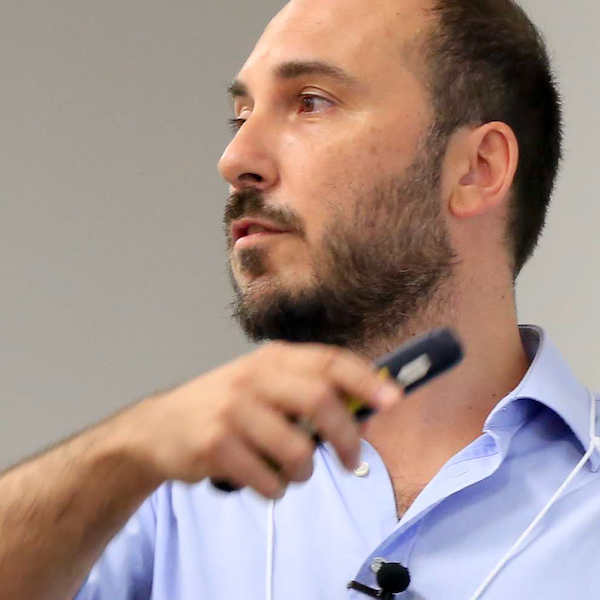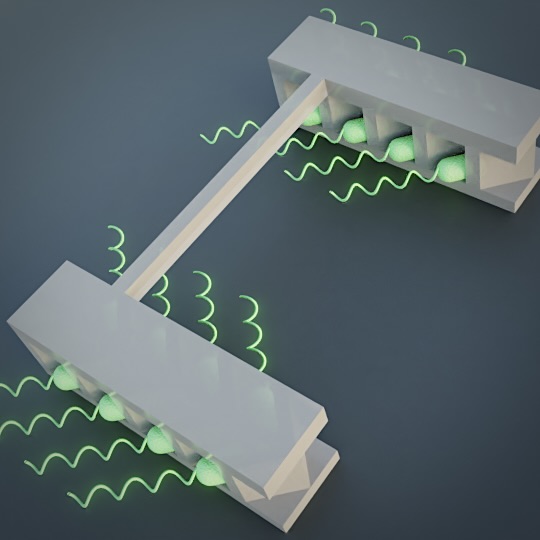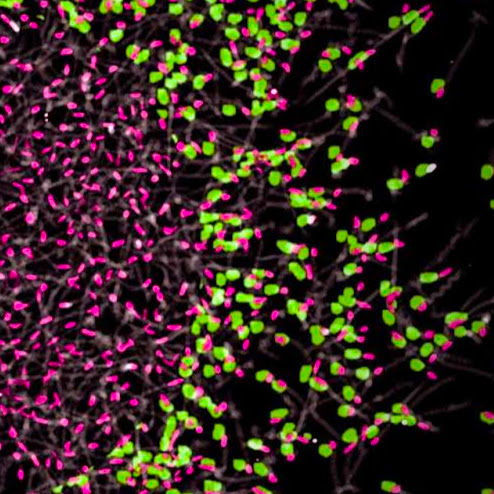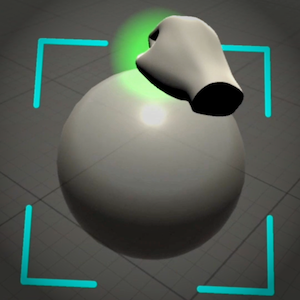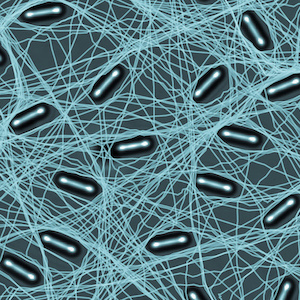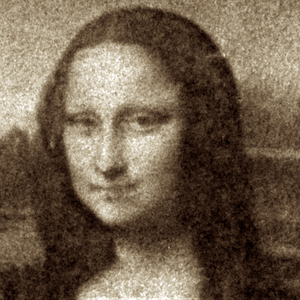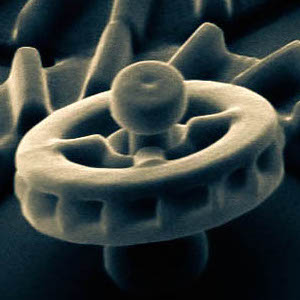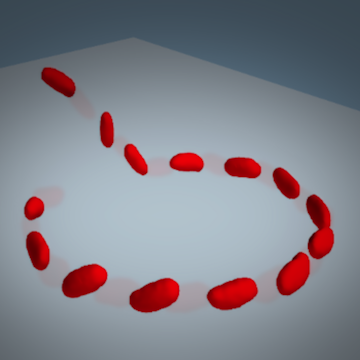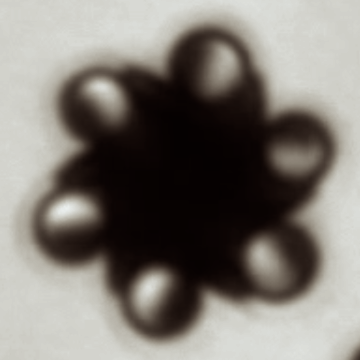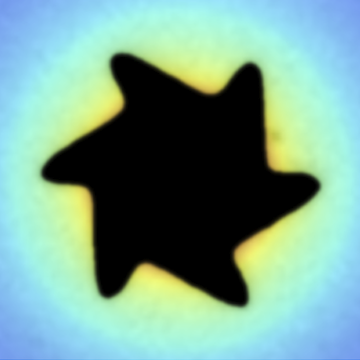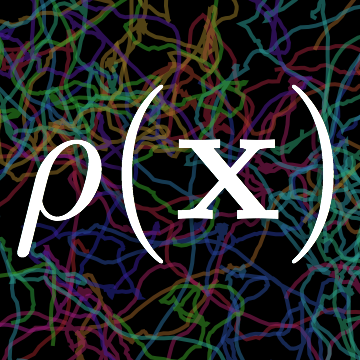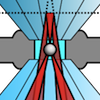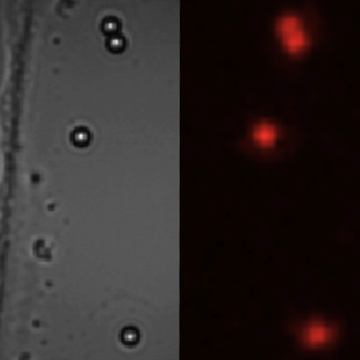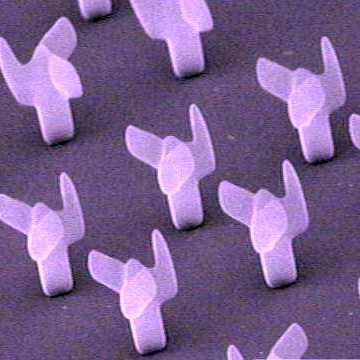Microscopy, micromanipulation and microfabrication.
The microscope objective is a window through which we receive scenes of micrometer-scale phenomena. At the same time, it is also our entrance door to the microworld. Through the objective we send engineered beams of light that, like tiny hands, can touch, sculpt and assemble artificial micro-systems, and interact directly with individual cells.
Soft and active matter.
From the Brownian motions of inanimate matter to the swimming motility of bacteria, the world at the micrometer scale is extremely dynamic. We are interested in the origins, consequences, and applications of these motions, from fundamental problems in statistical and fluid mechanics to the design of micromachines and microrobots.
Synthetic biology.
Microorganisms are the factories where evolution has crafted a vast repertoire of molecular devices and circuits. These are often more precise and efficient than their macroscopic counterparts. With genetic engineering, we can harness these components to reprogram microorganisms so that they can work for us in miniaturized laboratories or in larger organisms.


